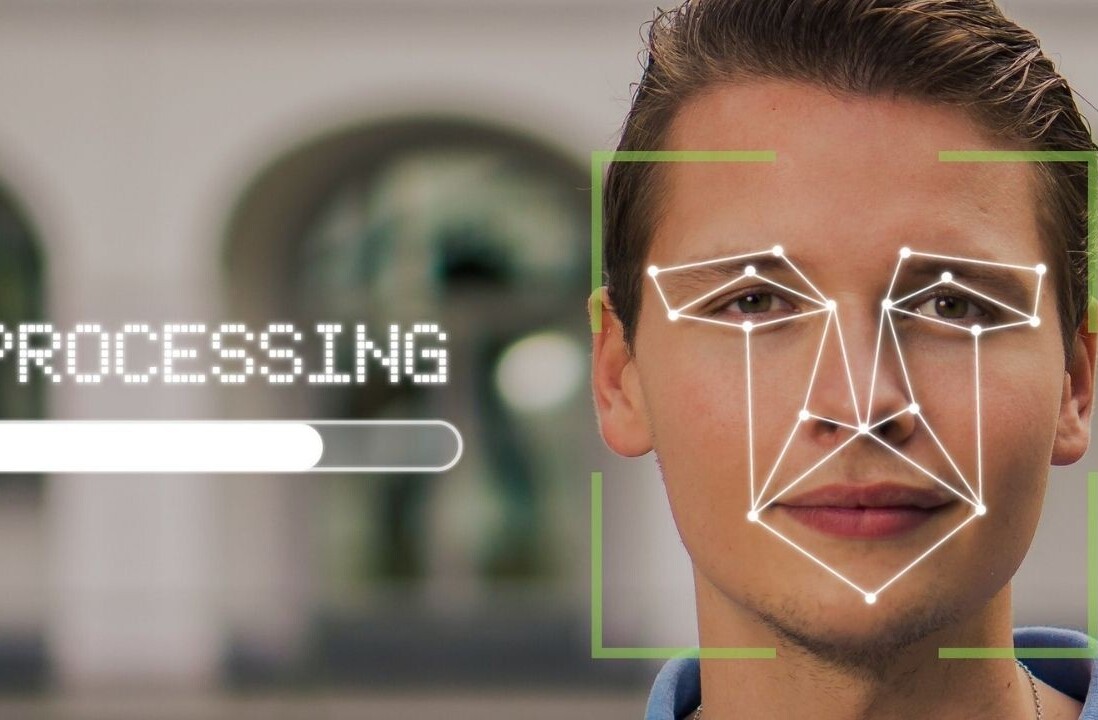
Did you know TNW Conference has a track fully dedicated to exploring new design trends this year? Check out the full ‘Sprint’ program here.
There’s been a lot of discussion in recent times around the need to get more women into AI and the primary focus of this discussion has been on developing AI systems that represent both men and women in order to reduce bias. The necessity of including women in the development of AI is universally accepted as being a positive step, and of course, it extends beyond gender to ethnicity and nationality as well if we are to truly create anything without bias.
However, there’s a narrow focus within this discussion on including women with technical skills and we need to look beyond this. There’s a whole host of skills required to develop AI systems, from designing the user interface, user experience, user testing, product development, and the system testing and training required to successfully launch an AI solution.
We should absolutely be advocating for more women with technical skills to develop these systems, but there’s currently a shortage of women with these skills which requires a longer-term strategy to achieve a balance, from education and access to technology from a young ageto providing opportunities for technically skilled women to work in this male-dominated industry.
The shorter-term aim to achieve a balance should be to encourage women of all skills and backgrounds to enter into the technology space, to demonstrate to them what a rewarding and varied career it can be, even if you’re not a developer. When designing AI systems for enterprises, I take all of the following into consideration: The user experience, the customer journey, the technical architecture, data analysis, the processes and procedures currently followed and information management. This design process requires everything from in-depth user research, UI design to technical analysis, so a substantial part of this process requires non-technical skills.
It’s an interesting phenomenon that has impacted the AI industry; as soon as AI became a buzzword, everyone forgot what had been a focal point for companies for the previous ten years; the user experience. It became a race to be the first to have a chatbot or a machine-learning algorithm to demonstrate forward-thinking within the organization and to demonstrate to customers that the organization was keeping up with the times.
However, these initiatives were doomed to fail because it became AI for the sake of AI. Chatbots generally have a low adoption rate, because as humans we are extremely impatient and require the right information as quickly as possible, so if a chatbot keeps returning “sorry, I did not get that” then we become disenchanted and will not use that chatbot again.
This is why the user experience has to be a core part of the design process for any AI system; it’s not just a matter of considering how it’s going to integrate with internal systems but how users will utilize the system and what value they will get out of using it. This emphasis on the technical solution has impacted the discourse surrounding the skills required within the AI industry, and it’s time to challenge this.
As someone who’s background is in arts and who fell into the tech scene, I have experienced first-hand the importance of combining technical and non-technical skills to create well designed and crafted end to end AI solutions.
Transferable skills such as project management, business analysis, design, and user research can be applied just as easily to AI like any other technology, but the challenges are greater because we’re continually advancing what’s possible with this technology and the wider ecosystem needs to advance alongside the technology, for example designing the user experience for a system that doesn’t require a user interface.
So I’d like to take this opportunity as a call for arms. If you are a woman with non-technical skills and are looking for an exciting, challenging work environment where you will continue to learn and grow your expertise, then consider applying your skills to this exciting, cutting edge industry — it’s so much more than coding.
This article was originally published on UX Collective by Katie Gibbs, the Head of AI for BJSS, delivering high value, user-centric AI solutions. Gibbs is passionate about diversity and inclusivity, especially women in tech. You can read the original article here.
Get the TNW newsletter
Get the most important tech news in your inbox each week.




